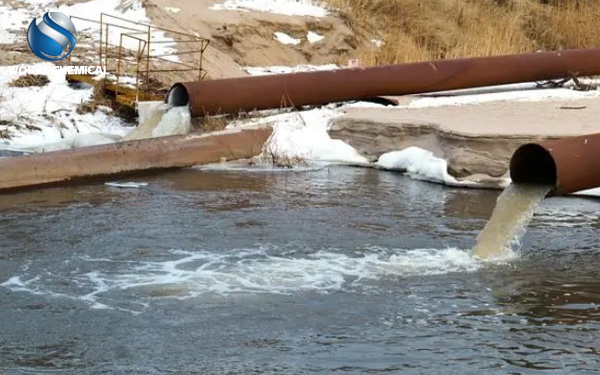
A major problem faced by sewage treatment plants when treating sludge is the high water content of the sludge. The following is a detailed analysis of the problem of high water content of sludge:

One. Reasons for high sludge moisture content
Sludge composition is complex: sludge is a mixture of various polluting substances, including water, organic matter, inorganic salts, etc. The relative content of different components is different, which may lead to changes in water content.
Differences in sludge characteristics: Different production processes and industries produce different sludge properties, and different treatment processes and equipment requirements for sludge, which may lead to changes in sludge moisture content.
Sludge concentration: too high sludge concentration will reduce the solid-liquid separation effect, resulting in high moisture content.
Imperfect treatment process: The treatment process is not mature enough, equipment failure and other conditions may lead to poor treatment effect, and then lead to high water content. For example, the sludge is not fully compressed, squeezed and other operations during the treatment process, resulting in the effective separation of water, and ultimately resulting in high water content.
Dehydration equipment failure or improper principle: the parameters of the dehydration equipment are unstable, the maintenance is not timely, the dehydration equipment can not bear the load and other operating problems, and the selection or operation of the dehydration method may lead to high water content.
Two. Problems caused by high moisture content of sludge
Large volume: sludge with high moisture content is large in volume and difficult to store and transport.
Treatment difficulties: Sludge with high water content is more difficult to treat and requires more resources and energy consumption.
Environmental pollution: sludge contains a large number of harmful substances, if not properly handled, will cause serious pollution to the environment.
Methods for reducing sludge moisture content
Natural drying: the sludge is spread on the open space in the factory, and the sun and wind are used for natural drying. This method is simple and easy, but the drying time is longer, the need to occupy a larger site, and the weather is greatly affected.
Mechanical dehydration: The use of centrifuges, belt filter press or sludge press and other equipment for mechanical dehydration of sludge. This method can reduce the moisture content of the sludge quickly, but it needs to consume a lot of electricity and the operation cost is high.
Hot drying treatment: The use of hot fans, heat pumps and other equipment to heat the sludge to a certain temperature after drying. This method can effectively reduce the moisture content of the sludge, but it also needs to consume a lot of energy, and the operation cost is high.
Chemical conditioning: By adding chemical agents (sludge conditioner) to change the nature of the sludge, so that it is easier to dehydrate. This method requires the selection of the appropriate chemical agent (sludge conditioner) and dosage to avoid secondary pollution to the environment.
Four. Resource utilization of sludge after treatment
After dewatering the sludge, its moisture content is greatly reduced, the volume is reduced, and it is easy to store and transport. At the same time, the sludge also contains a large number of organic and inorganic substances, which has a certain resource utilization value. For example, sludge can be used in agricultural fertilizers, soil amendments, building materials and other fields to achieve the resource utilization and reduction of sludge.
In summary, the problem of high water content faced by sewage treatment plants when treating sludge is a complex and important problem. By adopting appropriate treatment methods and technical means, the moisture content of sludge can be effectively reduced, the efficiency and quality of sludge treatment can be improved, and the dual goals of sludge resource utilization and environmental protection can be realized.